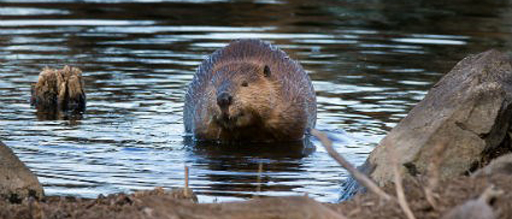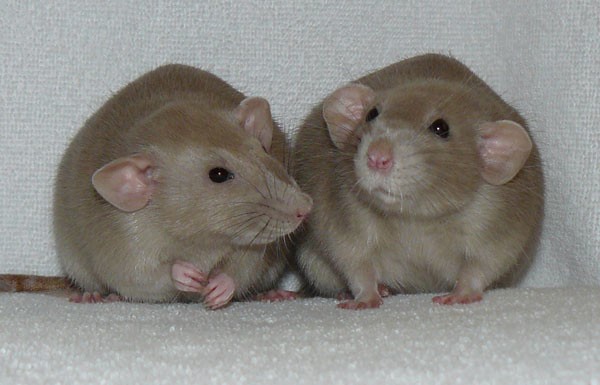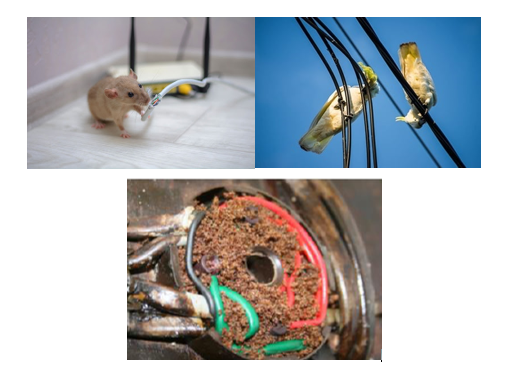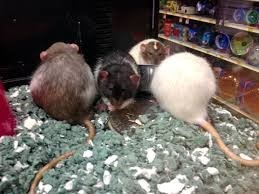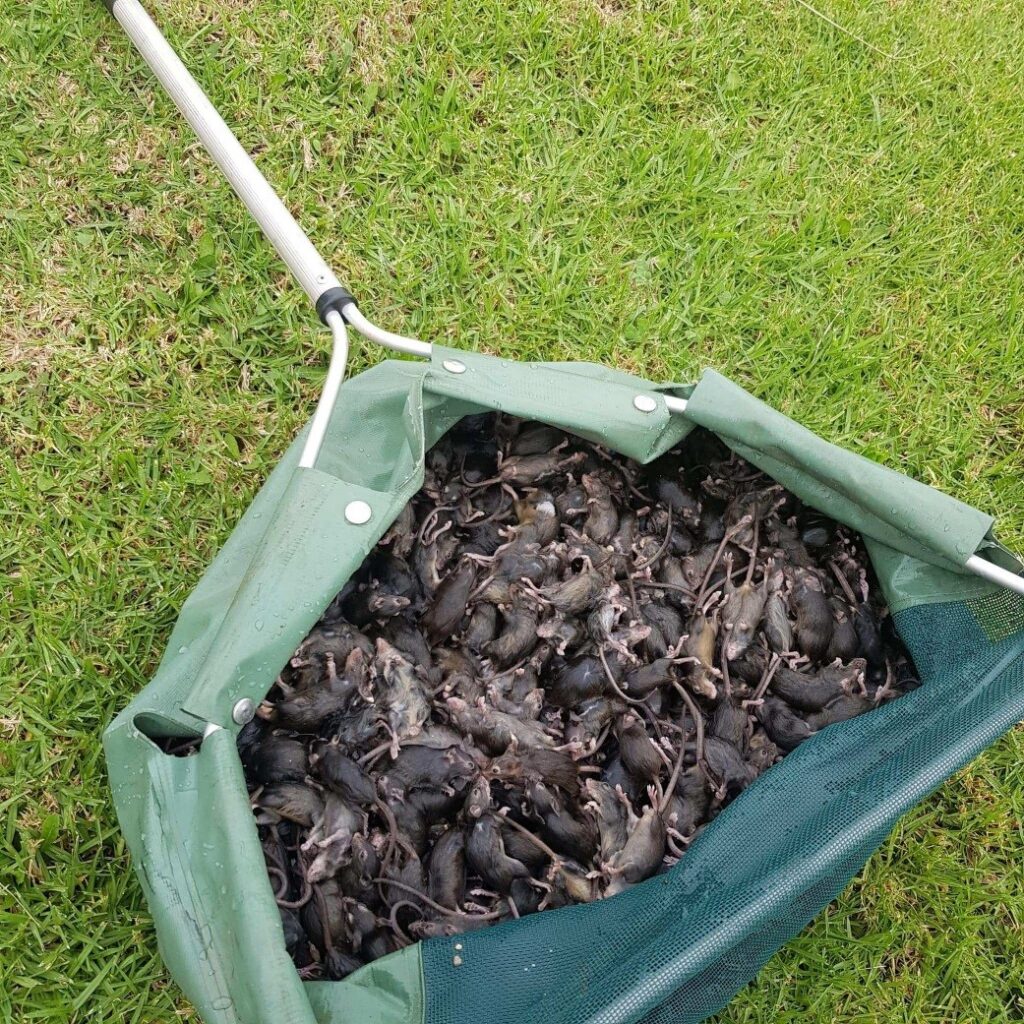With supply chains spanning the globe, the shipping industry faces many challenges — especially when it comes to pest control. Because many locations around the world store large inventories, the risk of a pest infestation can affect all legs of the supply chain process. If products and supplies become infested, companies can suffer lasting blows to their reputation and bottom line.
Thoroughly inspecting shipments for signs of pest activity is particularly important in preventing non-native, invasive pests from infesting commercial facilities. Not only will inspection practices help to prevent the threat of contamination, but also help keep exotic species from traveling with shipments.
The transportation leg of the supply chain process is vulnerable to pest activity because shipping vehicles offer ideal conditions for pests: food, water, and shelter.
Why are invasive pests a huge threat? Often, these pests do not have natural predators in the United States, which allows them to multiply quickly. Additionally, factors such as favorable weather conditions and near unlimited resources allow these pests to thrive. While doing so, they may damage products and could pose serious dangers to commercial facilities.
Given below is an interesting article from the American Journal of Transportation on what impact can the pests cause on freight.

What is the real impact of pests on freight?
By: AJOT | Aug 08 2022 at 08:39 AM | Maritime
The international freight transport insurer TT Club has highlighted the many ways in which heightened cleanliness is required to reduce the movement of pests via cargo and containers. Pests are not only being introduced to the US via cargo but also via conveyances and commercial shipments and passenger vehicles—as reported by the US Customs and Border Protection. TT highlights the fact that various parties need to do their share to build effective measures to mitigate the transfer of pests. What are the main impacts of failing to do so?
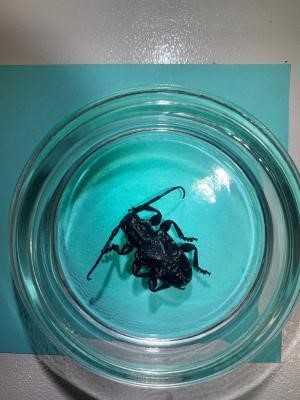
Damage to Native Ecosystems, Plants, and Animals
Every year, invasive species cost the US economy over $1 billion. An example of a costly pest to combat is the emerald ash borer—a destructive wood-boring beetle located in China and eastern Asia. The insect is believed to have made its way to the US via contaminated wood packaging material transported in airplanes or cargo ship from Asia. The emerald ash was first found in the US in 2022, though it is known to have affected ecosystems in 22 states. The insect searches for crevices or gaps beneath the outdoor bark of ash trees, where it deposits its eggs. The larvae that hatch immediately feed on the outer bark through to inner tissue that provides nutrition to the tree. These larvae form galleries in the phloem of the tree, eventually killing the trees and reducing the value of their wood.
Rats, Mice, and Vermin in Cargo Ships
Rats consume their own weight in about a week’s time, rendering any edible goods they attack unfit for consumption. They also destroy packaging, textile, leather, and other materials in their search for nest-building materials. Finally, they can cause damage to electrical goods owing to their affinity for wires. Small, round wires are particularly favored by these rodents, owing to the ease with which they can be held during the chewing process. Gnawed wires can wreak havoc and cause electric fires, which is why companies and homeowners alike take so many measures to prevent rodents from chewing on cables and wires.
Spreading Dangerous Viruses
Invasive species that can be brought into a country during the transportation of goods not only damage plant species, but can also spread disease to animals. For instance, foot and mouth disease can spread very easily and animals can become infected after being exposed to just 10 or more viral particles. These viruses can survive in the soil for over thirty days, and they can be carried for 170 miles through the air. Another harmful disease is Newcastle disease, which kills birds. In one Southern Californian outbreak, this virus spread to poultry operations in California and other states. The cost of depopulating millions of birds amounted to a whopping $181 million.

Snails and Slugs
Snails, slugs, and other gastropods can sometimes hitchhike their way into containers. When they work together, they can cause big disruptions to agricultural operations. In addition to reducing crop quality, they can transmit pathogens to animals and human beings who feed on the produce they have contaminated. They can also affect livestock pastures, since animals may refuse to feed on pastures that have been overtaken by slime trails.
It is vital to take a multifaceted approach to the issue of pests being imported and exported in cargo and containers. Pests can impact ecosystems and prove fatal for many plant and animal species. They can also result in the destruction of goods and the spread of viruses to animals and human beings.
The most effective way to combat these pest problems is to implement an integrated pest management (IPM) program that involves shippers, distributors, maintenance crews, and pest management professionals.
The right way of doing that is not by killing them as it offers a short-term solution to the problem. The right and only effective way of combating the rat menace is to find a way to keep them out of our homes and away from our loved ones.
Our products Rodrepel™, Termirepel™, and CombirepelTMare one of a kind. Rodrepel™ can be described as a rodent aversive, while Termirepel™ is a termite and insect aversive, while CombirepelTM works on the combined mechanism of Rodrepel™ and Termirepel™ and acts like a rat, insect, animal, and bird aversive.
The product is available in the form of masterbatches and can be incorporated into various base polymers. This product also has a very good shelf life and does not leach out in the environment, thus being totally safe for usage. Last but definitely not least this product is also stable at high temperatures.
We also have topical applications like liquid concentrate, lacquer, and sprays.
The paint additives can be mixed in paints and then used for painting application while the lacquer is a direct application product, it can be applied on storage boxes, containers, racks, trolleys, etc.
The wood polish additive can be mixed with wood polish and can be used for coating wooden articles and objects to prevent them from pest attacks.
The spray product is an easy-to-use and very handy product. It can be sprayed around boxes, storage racks, trolleys, ships, vehicles, airplanes, etc.
In addition, follow these tips as a general best practice:
- Inspect incoming shipments for signs of pest activity.
- Be sure packages are properly sealed before transport and not damaged.
- Place supplies on open-backed shelving to remove pest hiding spots.
- Implement proper stock-rotation practices so older products are always used first.
- Check cleanliness and orderliness of all shelving.
- Clean regularly, including hard-to-reach areas and equipment.
- Clean up or dispose of any spilled or damaged products immediately.
- Don’t bring a pallet of goods directly from the transport vehicle into storage areas until it has been inspected. Instead, break it down at the loading dock. If there are pests on the pallets, do not bring them into the facility; segregate them to prevent contaminating other goods.
Remember, maintaining utmost hygiene in warehouses, and cargo is the primary step to keeping the pests at bay.
Our products are REACH (Registration, Evaluation, Authorization, and Restriction of Chemicals), RoHS (Restriction of Hazardous Substances), RoHS2 and RoHS3, APVMA, NEA – Singapore compliant, and are also FIFRA (Federal Insecticide Fungicide and Rodenticide Act) exempted. Ours are the first and only products in the world that are compliant with European Union’s Biocidal Product Regulation (EU BPR).
Contact us at technical.marketing@ctechcorporation.com if you’re facing problems with rodents, insects, or other pests and get the best remedies to combat the pest menace.
Also, visit our websites:
http://www.ctechcorporation.com/
http://www.rodrepel.com/
http://www.termirepel.com/
http://www.combirepel.com/
Follow our Facebook pages at:
1] https://www.facebook.com/Combirepel-411710912249274/
2] https://www.facebook.com/Termirepel-104225413091251/
3] https://www.facebook.com/Rodrepel-120734974768048/
Follow us on our Twitter pages at:
1] https://twitter.com/rodrepel
2] https://twitter.com/termirepel
3] https://twitter.com/combirepel

